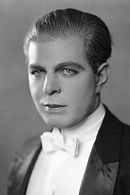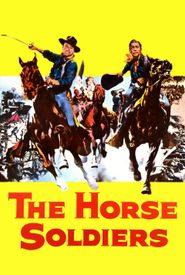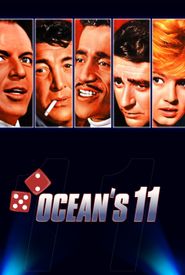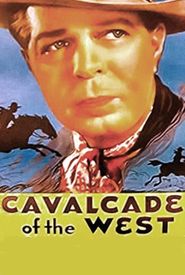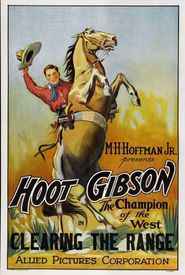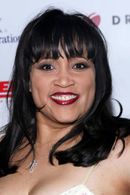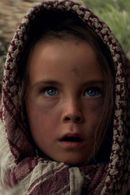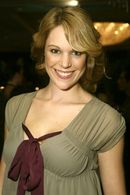Here is the biography of Hoot Gibson:
Hoot Gibson was a pioneering cowboy star of silent and early talking Westerns, one of the most popular children's matinée heroes of the 1920s. Born Edmund Richard Gibson on August 6, 1892, in Tekamah, Nebraska, he grew up among horses and received his first pony at the age of 2-1/2. His family moved to California when he was 7, and at age 13, he ran away from home and joined a circus for a time. Later, he worked as a horse wrangler on the Miller 101 Ranch at Fort Bliss, Oklahoma, where he developed a strong interest in the rodeo scene.
Gibson's early career in the film industry began as a stuntman, and he eventually landed roles in films such as "Pride of the Range" (1910) and "The Two Brothers" (1910). He continued to work as a stuntman and rodeo rider, winning the title "All-Around Champion Cowboy" at the Pendleton Round-Up in 1912. He also married rodeo rider Rose August, who later became a film stuntwoman and actress.
Gibson's breakthrough came with the John Ford film "Action" (1921),which was taken from the story "The Three Godfathers." He went on to star in numerous films, including "Cheyenne's Pal" (1917),"Straight Shooting" (1917),and "The Secret Man" (1917). He was a popular star, known for his light, comedic, and tongue-in-cheek manner, which added to his sagebrush appeal.
In the 1920s, Gibson's career was marked by a series of successful films, including "The Fighting Brothers" (1919),"The Black Horse Bandit" (1919),and "Rustlers" (1919). He also worked with director John Ford, starring in films such as "The Trail of the Holdup Man" (1919) and "The Wild Wild West" (1921).
Gibson's personal life was marked by multiple marriages and divorces, including marriages to actresses Helen Johnson and Sally Eilers. He also had a child, Lois Charlotte Gibson, born in 1923.
In the 1930s, Gibson's career began to decline, and he struggled to find work. He made a few films, including "Powdersmoke Range" (1935) and "The Painted Stallion" (1937),before retiring from show business altogether. He later returned to real estate and made a few more films, including the "TrailBlazers" series with Ken Maynard.
Gibson's later years were marked by financial struggles and health problems. He was diagnosed with cancer in 1960 and died at the Motion Picture Country Home in Woodland Hills, California, just a couple of weeks after his 70th birthday. He was interred in the Inglewood Park Cemetery in Inglewood, California.
